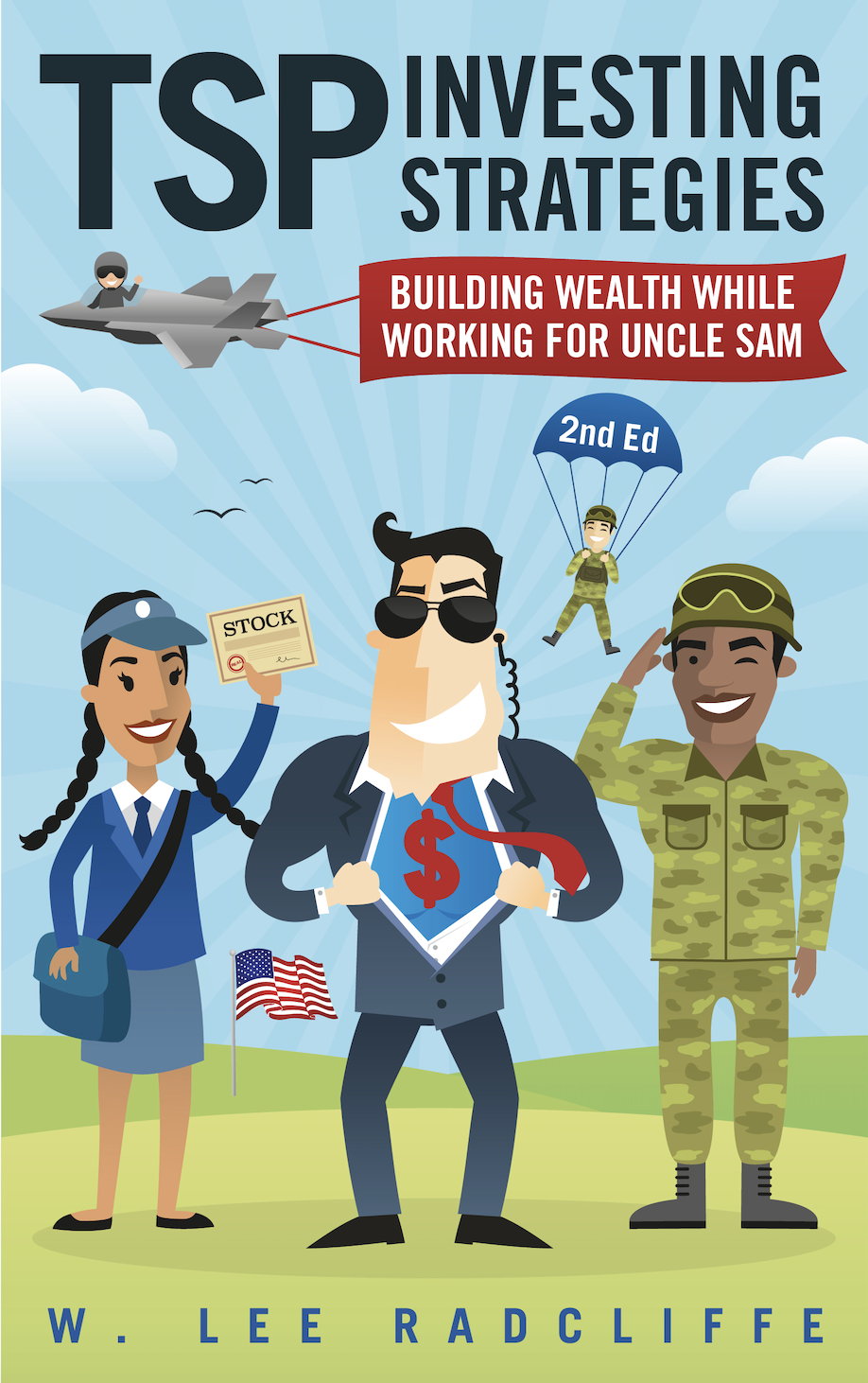Bogle on the Future Returns of the F Fund
August 15, 2012
Jack Bogle is a legend in the personal investment world. He was the first to popularize low-cost index funds in the 1970s. While academics had shown the theoretical returns of index funds compared to actively managed funds, individual investors had no ability to invest in an index fund. Bogle, the founder of the mutual fund company Vanguard, proposed the first S&P 500 index fund for individual investors in 1975, and the fund began accepting investments on August 31, 1976 as the “First Index Investment Trust.” It was later renamed the Vanguard 500 Index Fund. (Bogle discusses the founding of this first index fund in his 1999 book, Common Sense on Mutual Funds.)
Despite all the ups and downs of the S&P 500 over the years, the fund has returned on average 10.49% each year since then. A single investment of $10,000 when it opened would have grown to over $362,000 by August 1, 2012. It is fair to say that Bogle’s early success in creating the index fund set the stage for the creation of the index fund choices in the Thrift Savings Plan.
Now, following the publication of his new book The Clash of the Cultures: Investment vs. Speculation, he has held a series of interviews in popular media outlets over the past week. Perhaps his most interesting comments regard the potential future returns of different investments. In this interview with the New York Times, he repeats what has become his mantra over the years: “Wise investors won’t try to outsmart the market…They’ll buy index funds for the long term, and they’ll diversify.” But then he follows up with the central issue in the current economy: “But diversify into what? [Investors] need alternatives, bonds, for the most part. What’s so frightening right now is that the alternatives to equities are so poor.”
The problem, according to Bogle, is that investors have flocked to bonds for protection, so much so that there is little upside potential: “[T]he outlook for bonds over the next decade is really terrible,” he says bluntly.
The implication for TSP investors is simple. The F Fund, a total U.S. bond index fund, will perform poorly in the future compared to its generally very good performance over the past twenty-five years. This is particularly the case should inflation pick up, driving interest rates up sharply and driving bonds (and the F Fund) down.
This has happened over short periods of time in the F Fund since 1988. Take, for example, returns of the F Fund in 1994. Interest rates on the three-month U.S. treasury bill rose rapidly that year from 2.98% on January 1 to 5.71% the following January. The F Fund dropped five months in a row at the start of the year, and then another three months in a row before the year was over. The F Fund fell by almost 3% that year, its first annual loss since coming into existence.
Yet TSP investors have an important alternative to the F Fund: the G Fund. The G Fund, in contrast to the F Fund, did not decline at any point in 1994. In fact, it increased in value by 7.22%. That is because the G Fund is not a typical U.S. government bond fund, but a special stable value fund that pays interest monthly according to a weighted average of U.S. government bond interest rates.
Thus, TSP investors might want to consider paring down their F Fund investments. While I included the F Fund as a major holding among example portfolios in TSP Investing Strategies, I would no longer invest in the F Fund as part of these portfolios due to its likely poor performance over the coming years. In its place, I would hold the G Fund in any of these portfolios for the time being. Under normal conditions, the F Fund would be an important holding in most TSP portfolios. But these aren’t normal conditions.
As an aside, perhaps Bogle’s best comment related to feelings toward money: “My only regret about money is that I don’t have more to give away.” Well said.
Update: for further warnings on the F Fund, see FINRA’s warning here and BlackRock warning’s here.
Related topics: f-fund g-fund